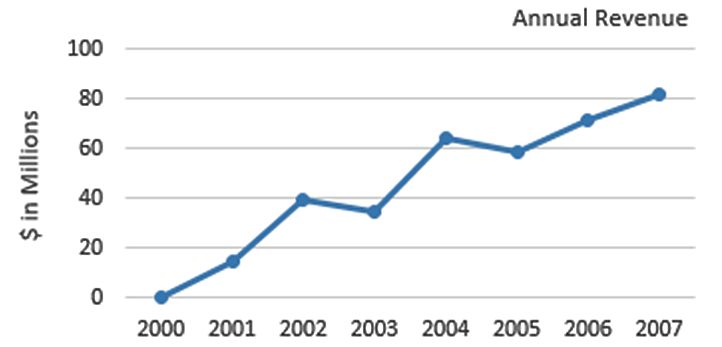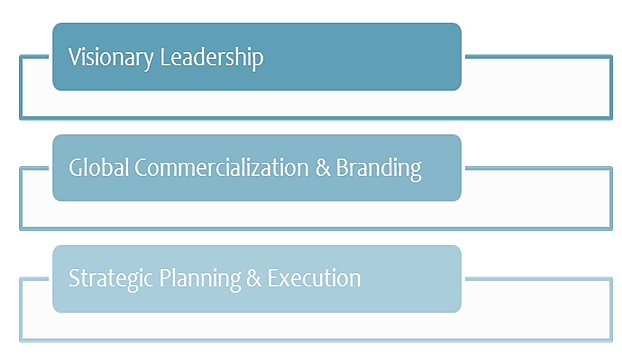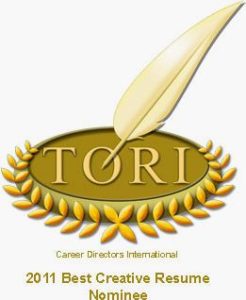 Last Monday, Career Directors International (CDI) announced the winners of their 17th annual Toast of the Resume Industry (TORI) award competition. TORI award winners are truly outstanding writers. I am very proud and excited that two members of The Essay Expert’s resume writing team won two awards each!
Last Monday, Career Directors International (CDI) announced the winners of their 17th annual Toast of the Resume Industry (TORI) award competition. TORI award winners are truly outstanding writers. I am very proud and excited that two members of The Essay Expert’s resume writing team won two awards each!
Following the awards announcement, TORI judge Gillian Kelly wrote an article on What the Best Resume Writers Are Doing in 2016. The actual resumes will not be released until next month. In the meantime, Ms. Kelly’s observations serve as valuable advice for resume writers, as well as for job seekers writing their own resumes in 2016-2017.
Here are the four main areas where the TORI-award-winning resumes stood out:
1. Storytelling
Top-level resumes don’t rattle off boring job duties in long blocky paragraphs. While job duties might be covered in a winning resume, they are connected with a story or accomplishment. Great resumes don’t stop at results. They also explain how that result was achieved, what transformation was necessary to achieve it, and what was unique about the solution. These succinct narratives keep the reader engaged and illustrate the job seeker’s unique brand.
Here’s an example from an Essay Expert resume that illustrates story-telling. The following paragraph is the opening paragraph to a position description – a paragraph that often is relegated to a list of job duties:
Led largest dollar volume division in country to record sales volume, managing four General Sales Managers and 43 Sales Representatives. Transformed division’s approach to competitive data and market analysis while monitoring lot mix, phasing, new starts, lot premiums, specifications, and promotions.
Notice how job duties and scope are covered in this paragraph, but they are made more engaging by wrapping in results and transformative results.
2. Visuals
TORI award winners used graphics and other images in their resumes, avoiding the text-heavy look and feel of more traditional resumes. Tools like color, infographics, and text boxes served to accentuate the content of the resume. It’s important to note that if you choose to represent an accomplishment using a graph, you must also write about that accomplishment in a bullet. There are two reasons for this duplicative effort: 1) Since not everyone is visually oriented, they might not even look at the details of the image to understand what it represents, and 2) If the resume gets submitted through an Applicant Tracking System, the data in the graph or image will be lost.
Here are just a few examples of graphics used in executive resumes by The Essay Expert:




Tools used to create these graphics include basic text boxes, borders, SmartArt, and Excel. You can see how they add pop and interest to what could otherwise be a visually bland resume.
3. Succinct Writing
As pointed out by Ms. Kelly, less is more when it comes to resume writing. The best bullets are tightly written, getting each point across in as few words as possible. The fewer words on a resume, the more white space there can be – which is a good thing! White space allows the content to be more easily absorbed. Stay away from densely written, text-heavy resumes, which risk losing the attention of your reader.
Here are a couple of examples of tightly written resume bullets:
- Realized three monthly closing projections in a row, a feat never before achieved in division history.
- Took one of least profitable divisions and achieved #3 ROI, ranking #2 for lowest overhead and #3 for asset turn.
Notice how every word counts! Are your resume bullets this concise, and do they show the true impact you made on your organization?
4. Quantifiable Achievements
The best resumes use metrics to nail down achievements, avoiding generalities about a person’s greatness. Buzz words like “results-oriented” will not fly. And don’t wait to convey your greatest achievements; showcase them in the top 1/3 of the resume! One technique used by TORI award winners was to write “reverse CAR stories” which state a result, followed by the challenge and action that got the result.
Here’s an example of a highlight from the top 1/3 of a resume by The Essay Expert:
Built intuitive, interactive user interface for Java web-based delivery system, increasing Java technology downloads by 112% in 3 months. Used Java FX to build Oracle’s showcase Advanced Results website for 2010 Winter Olympic Games, accessed by 1.2M unique users.
Notice there are no generalities in this paragraph; it’s all concrete, factual, quantifiable information. That’s what makes good resume material.
Did you learn something from the observations of a TORI judge? How might you change your resume based on her advice and The Essay Expert’s samples?
—
For more examples and tips on how to write a top-notch resume, check out How to Write a WINNING Resume and How to Write a STELLAR Executive Resume, both written by me, Brenda Bernstein. The most current versions of the books are available in PDF through The Essay Expert’s website.










